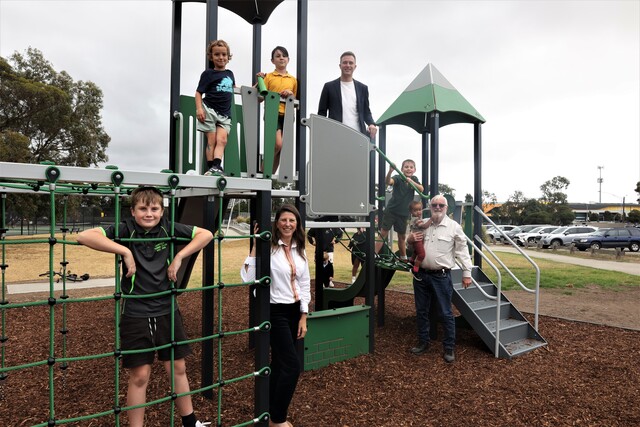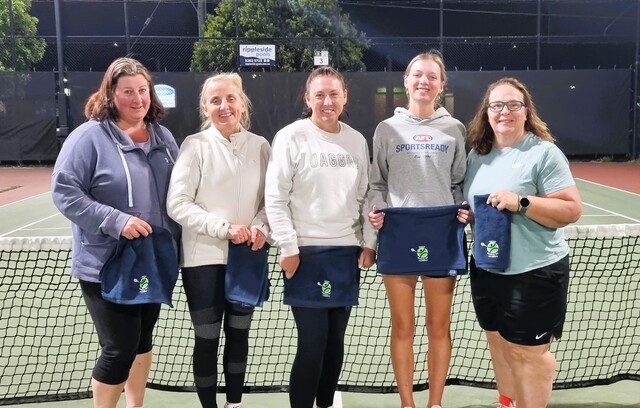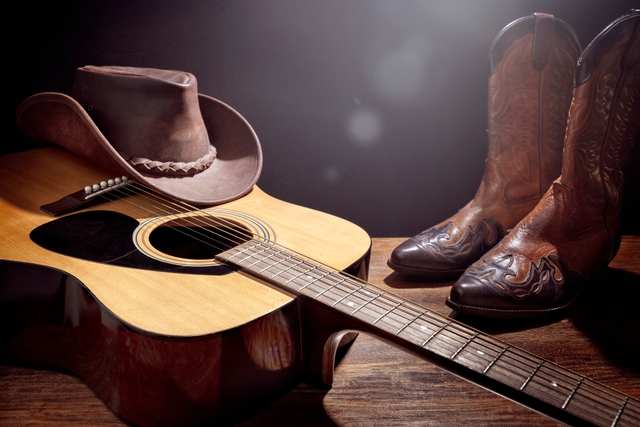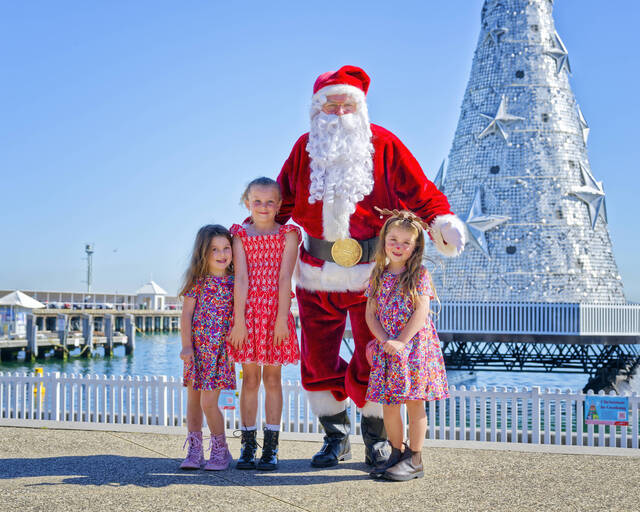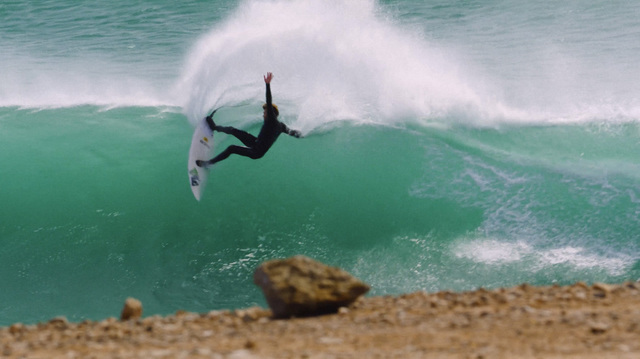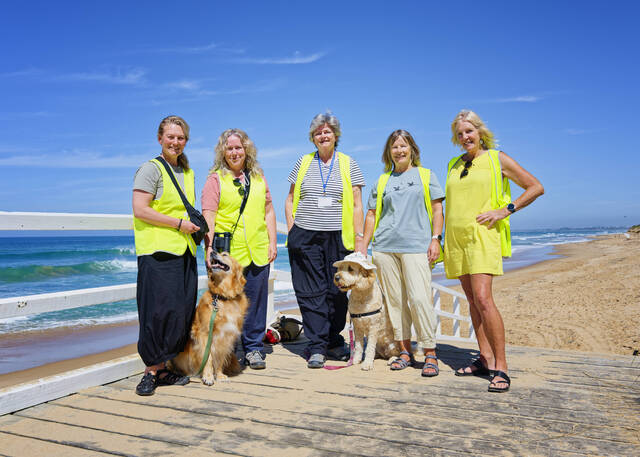The Leopold Tennis Pavilion Redevelopment project continues with the completion of a new playground.
The new playground, located at the Leopold Memorial Reserve, features a colour palette composed predominantly of greens and greys, designed to blend in with the area’s natural surroundings.
The pre-existing playground has been deconstructed and will be transported and reconstructed in Angeles, Philippines as part of the Rotary Overseas Recycled Playgrounds program, which has sent over two hundred decommissioned playgrounds to developing countries.
Greater Geelong Mayor Trent Sullivan said having the new playground installed at the Leopold Memorial Reserve as a part of the overall Leopold Tennis Pavilion project was fantastic.
“The Leopold Memorial Reserve is not only used by local tennis enthusiasts, but it also serves local families too,” Mayor Sullivan said.
“So, it is wonderful to see that the new playground has been installed and I trust it will be well used by the community for years to come.”
Councillor Jim Mason said ensuring the council prioritised providing access to open spaces, play spaces and parks across the Bellarine ward.
“Small local playgrounds play a vital role in fostering community cohesion and providing safe spaces for children to play, explore, and interact with their peers,” Councillor Mason said.
“These types of playgrounds at reserves not only promote physical activity and healthy development but also serve as gathering points for families.”
In addition to the playground the $1.72 million project, due to be completed in August, will provide a new pavilion for the Leopold Tennis Club.
The original club rooms, whose demolition signalled the beginning of the project in November last year, were built in the 1970s.
The pavilion will include female-friendly change rooms and showers, a kiosk and kitchen, a social space toilets (including an accessible public toilet) and an accessible car bay.
The Victorian Government’s Sport and Recreation 2022-23 Local Community Sport and Recreation Projects fund provided $1 million to the project, with the City of Greater Geelong contributing $720,000.

